István Orosz
“L’uomo è composto d’anima e di corpo, i quali non possono esistere l’una senza l’altro.” Tracce della visione dell’uomo nella Scuola di Nisibi
Eastern Theological Journal 7 (2021) 1, 105-118.
Content
1. Introduzione; 2. La presentazione dell’anima nella Causa; 3. L’attenzione sulla corporeità; 4. Conclusione
Abstract
The School of Nisibis was an important christian center of study during the VI-VII centuries in the late Sassanid Empire. This intellectual center had a community with the purpose of education in the exegetical studies in the frame of an ascetic lifestyle regulated by canons similar to the monastic rules. The present study examines the image of the man as the complex of body and soul in two contemporaneous documents of the School of Nisibis: The Statutes of the School of Nisibis and the Cause of the Foundation of the Schools. At first is presented the concept of the soul in the philosophical introduction of the Cause. In the second part of the study is examined the vision of the two scholastic documents about the corporeity. The Statutes present along a practical regulation of the bodily passions an attention on the physical reality of the students for a successful spiritual-intellectual growth. The Cause attests similarly a careful attention on the body and on its needs in another way. In the latter source can be observed an explicit theological appreciation of the corporal reality.
